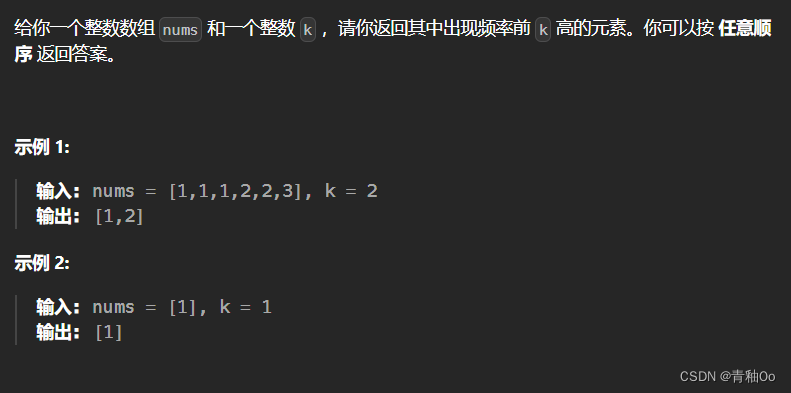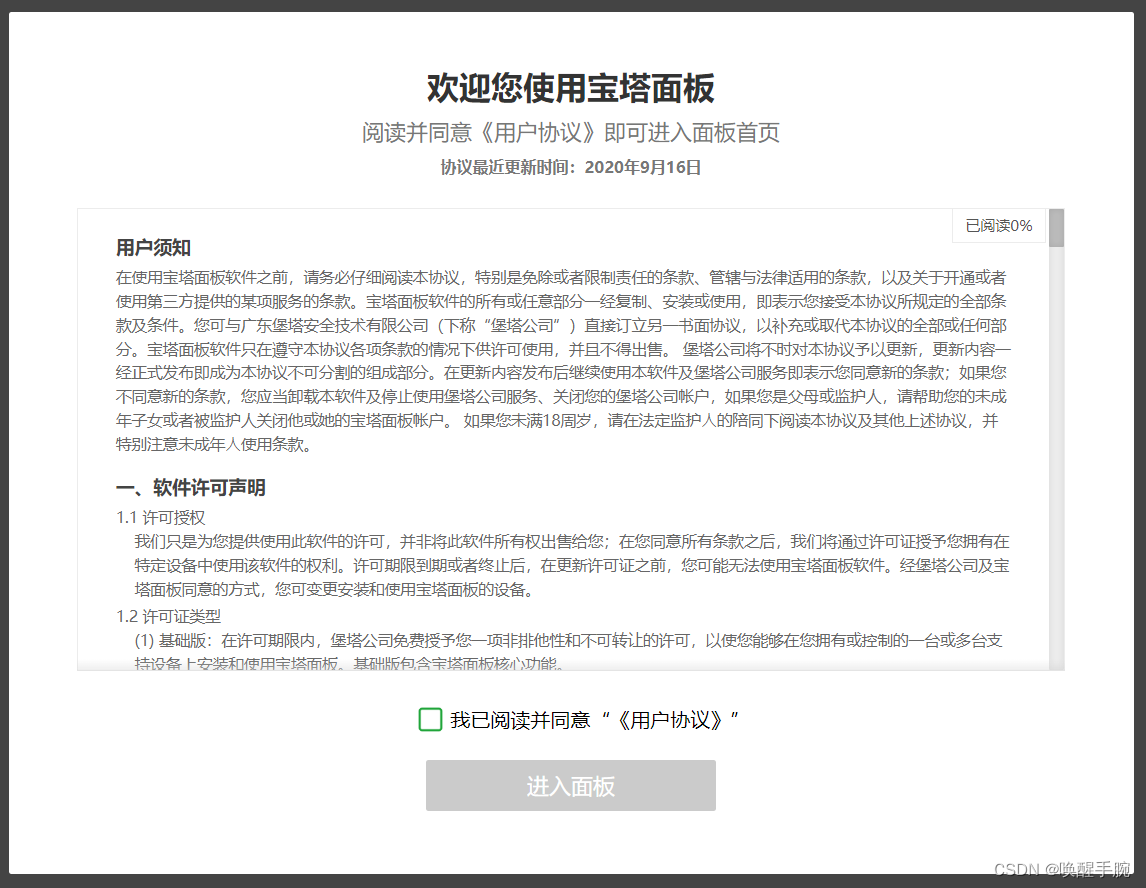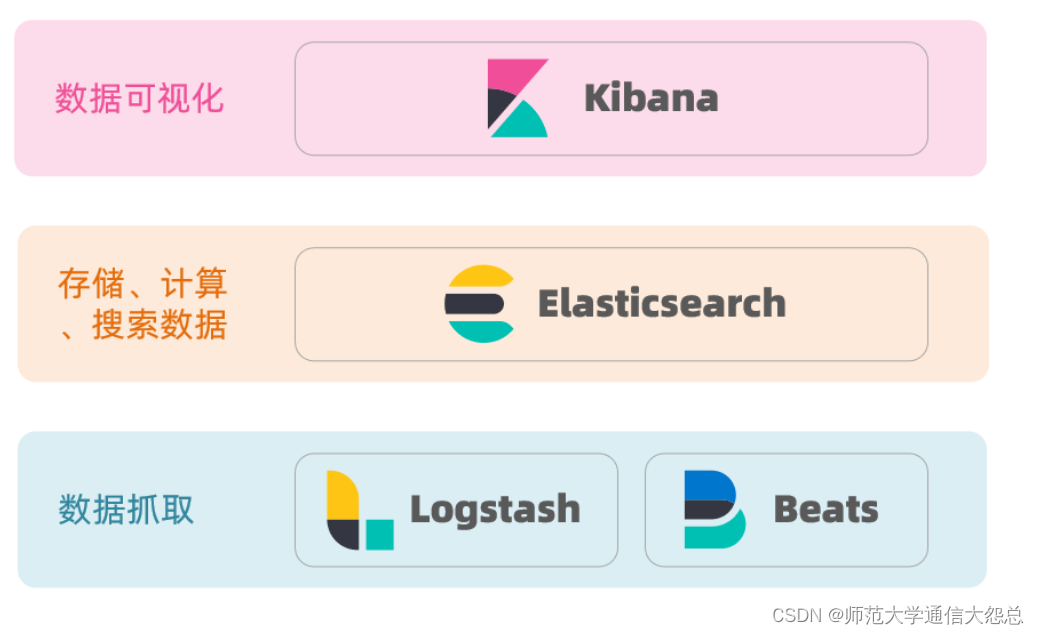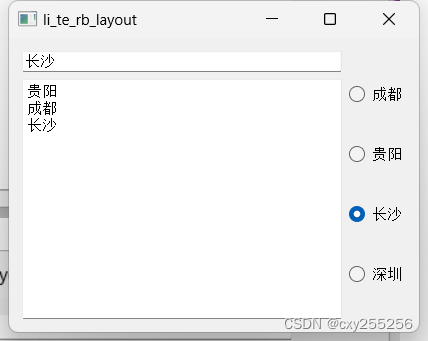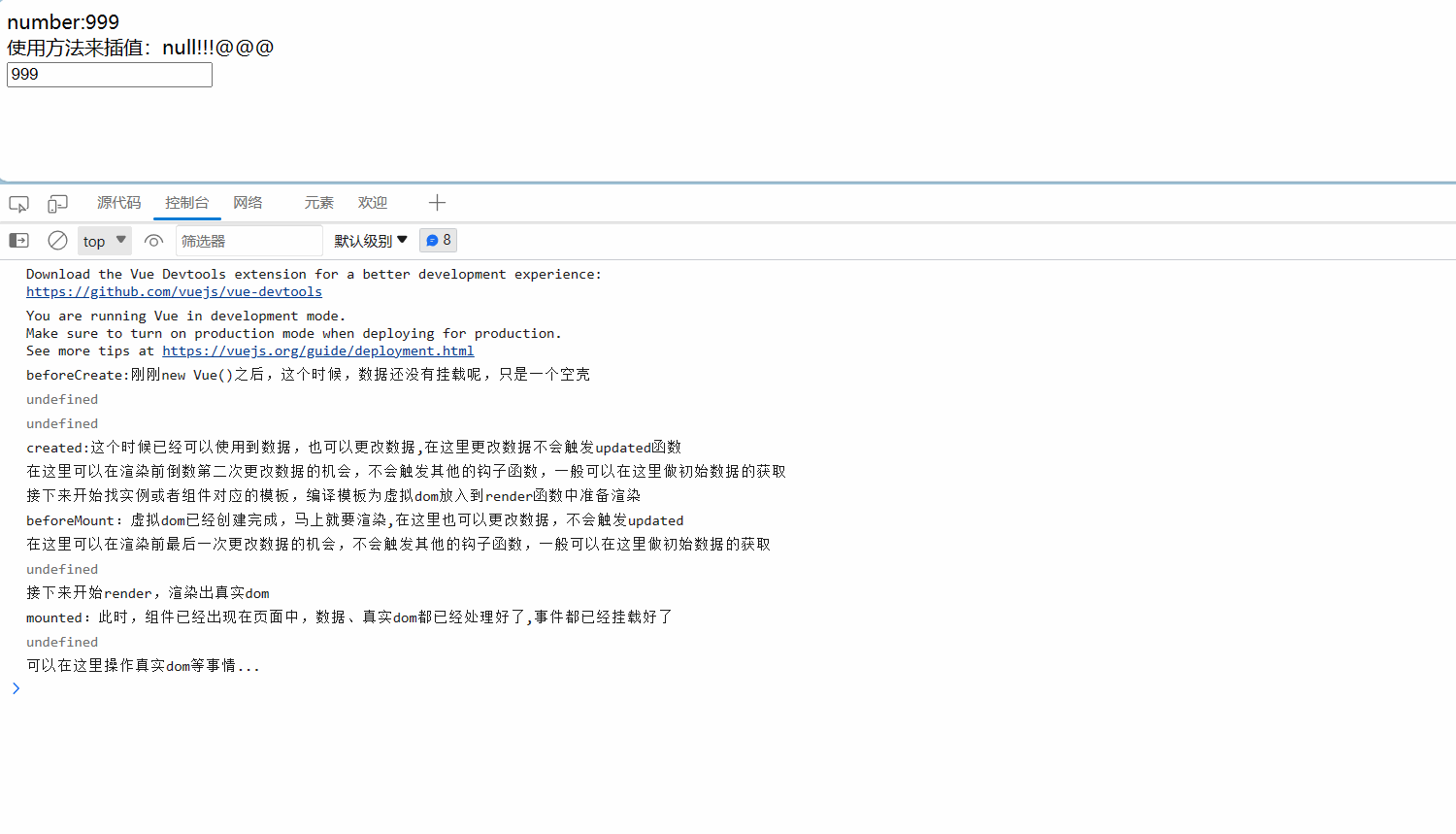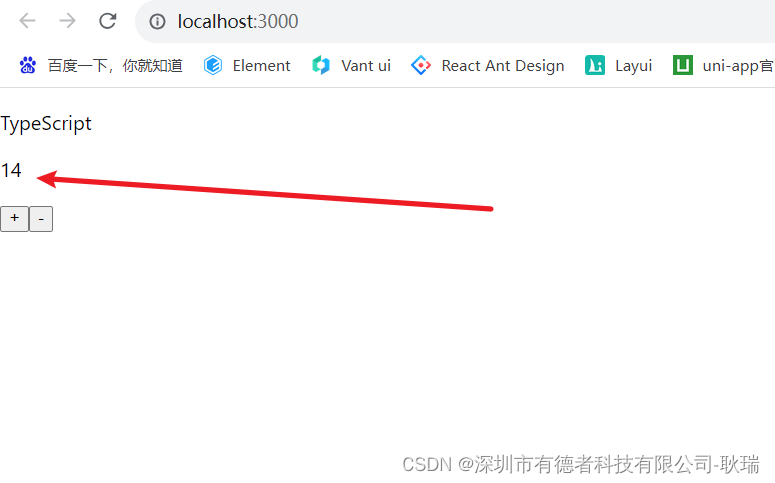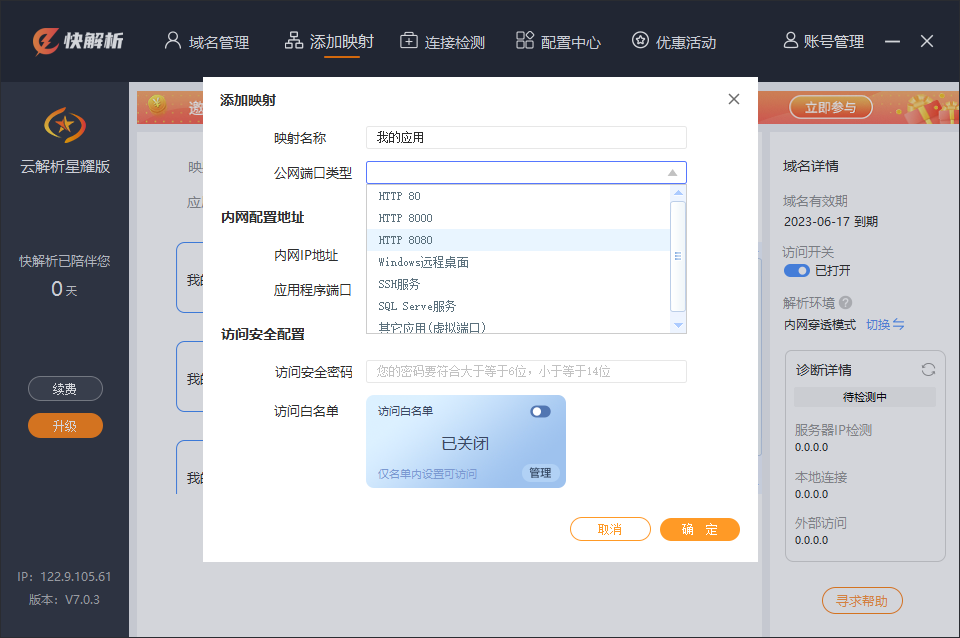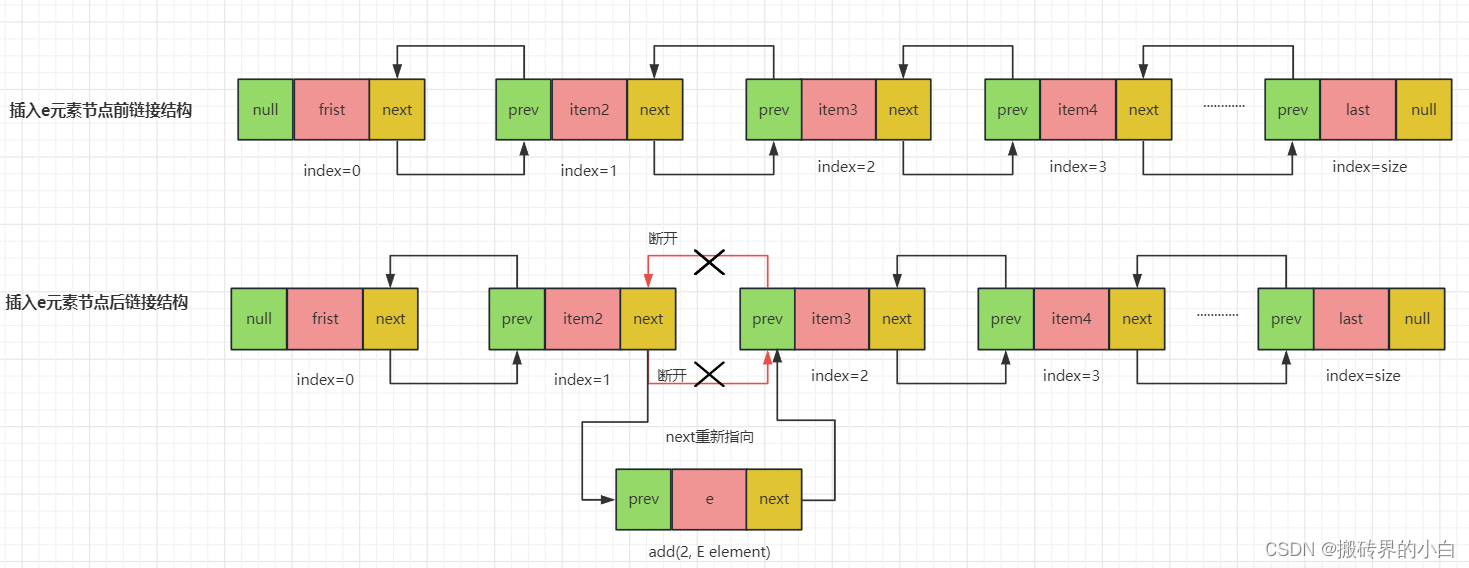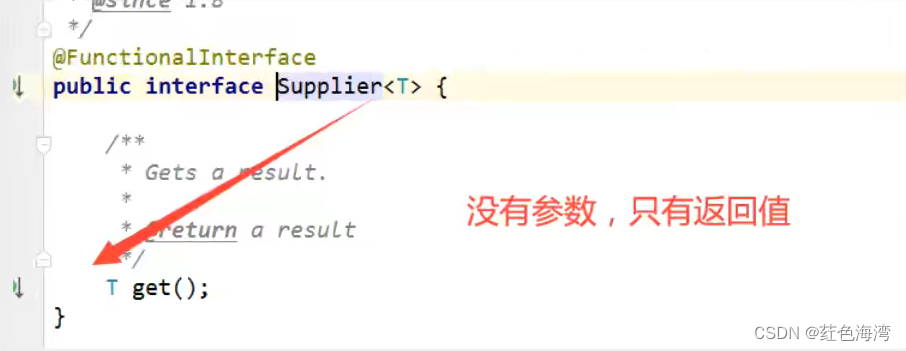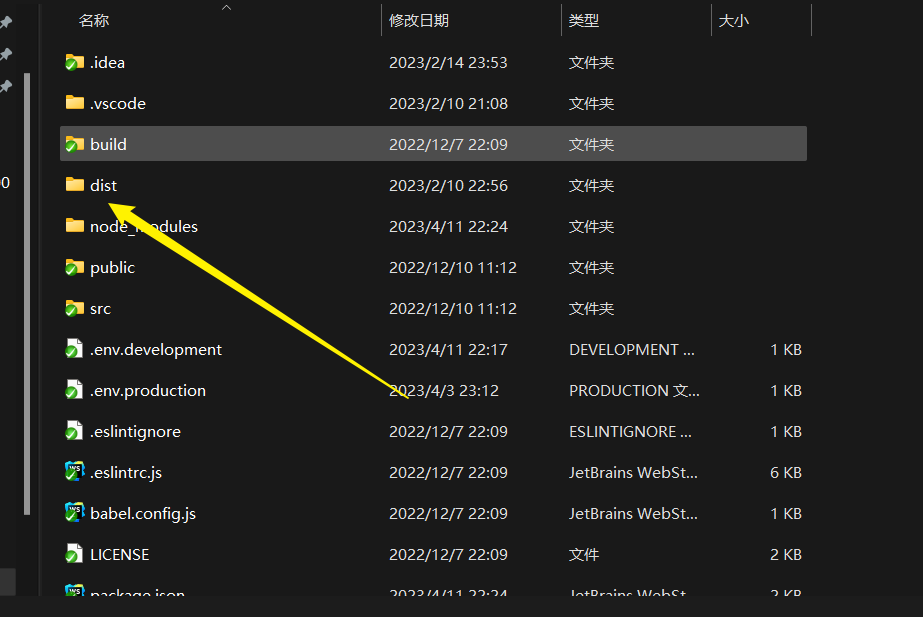上一节实现了应用和创建应用的分离,这一节来实现应用和路由的分离
application.js
const http = require("http");
const Router = require("./router");
function Application() {
this._router = new Router();
}
Application.prototype.get = function (path, handler) {
this._router.get(path, handler);
};
Application.prototype.listen = function () {
const server = http.createServer((req, res) => {
function next() {
res.end(`kaimo-express Cannot ${req.method} ${req.url}`);
}
this._router.handle(req, res, next);
});
server.listen(...arguments);
};
module.exports = Application;
然后我们新建 router 文件夹,里面添加 index.js,添加代码
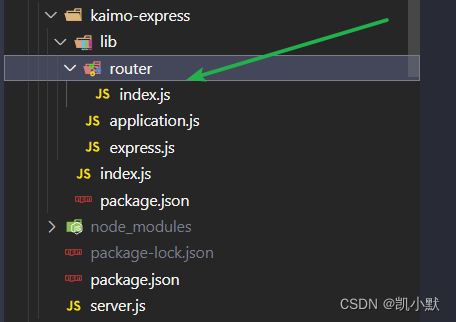
const url = require("url");
function Router() {
// 维护所有的路由
this.stack = [];
}
Router.prototype.get = function (path, handler) {
this.stack.push({
path,
method: "get",
handler
});
};
Router.prototype.handle = function (req, res, next) {
const { pathname } = url.parse(req.url);
const requestMethod = req.method.toLowerCase();
for (let i = 0; i < this.stack.length; i++) {
let { path, method, handler } = this.stack[i];
if (path === pathname && method === requestMethod) {
return handler(req, res);
}
}
// 处理不了的直接走 next
next();
};
module.exports = Router;
启动测试代码:
const express = require("./kaimo-express");
const app = express();
// 调用回调时 会将原生的 req 和 res 传入(req,res 在内部也被扩展了)
// 内部不会将回调函数包装成 promise
app.get("/", (req, res) => {
res.end("ok");
});
app.get("/add", (req, res) => {
res.end("add");
});
app.listen(3000, () => {
console.log(`server start 3000`);
console.log(`在线访问地址:http://localhost:3000/`);
});
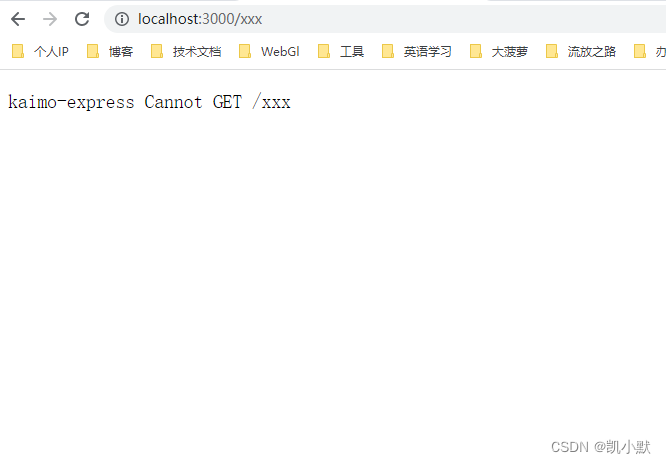
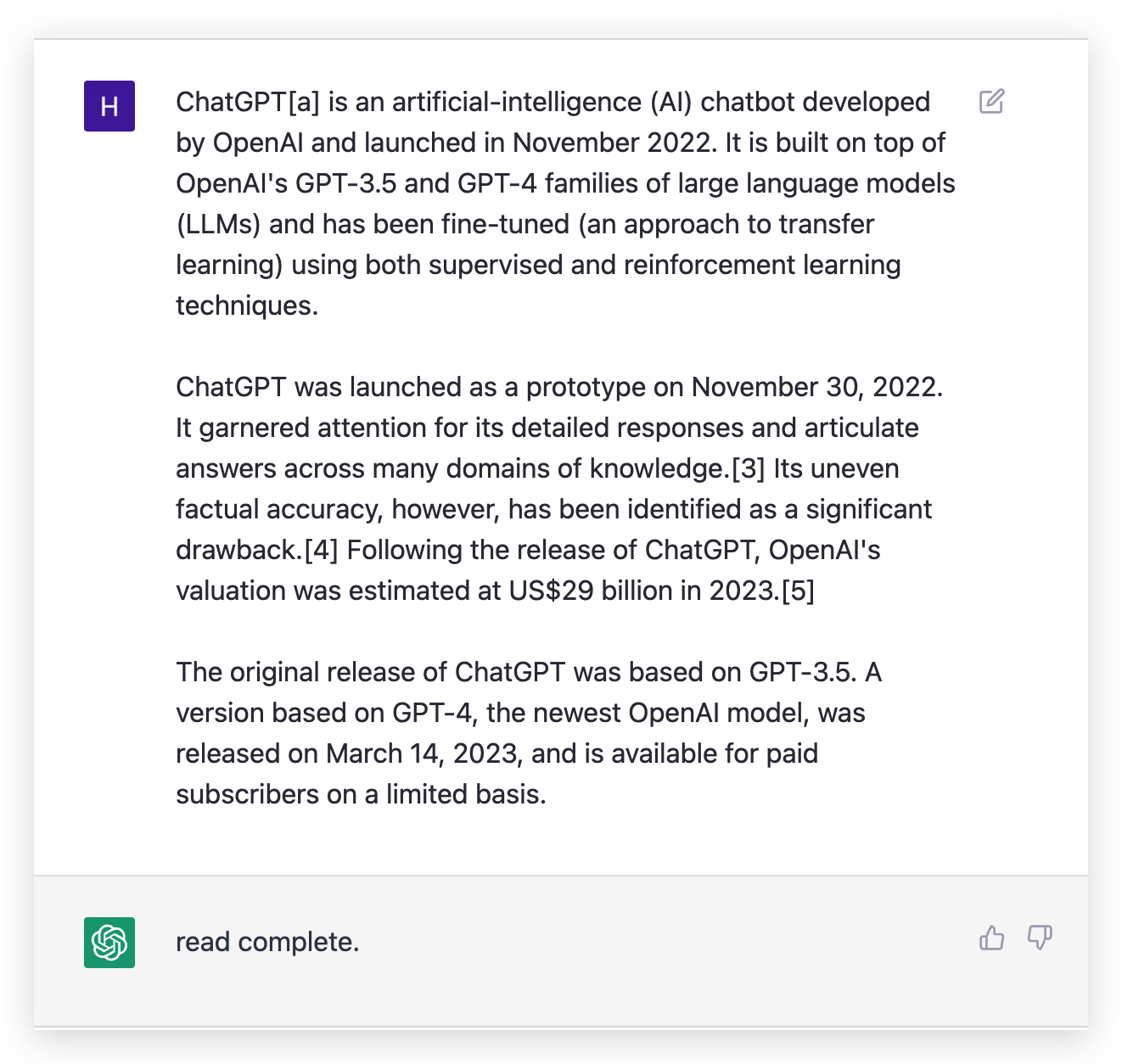
![[尚硅谷React笔记]——第1章 React简介](https://img-blog.csdnimg.cn/71ab08e3e5ee4605b91a69c446153826.png)



